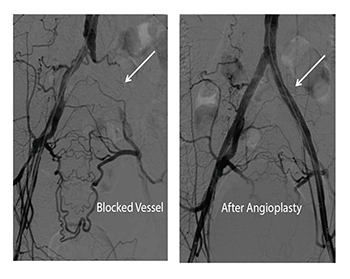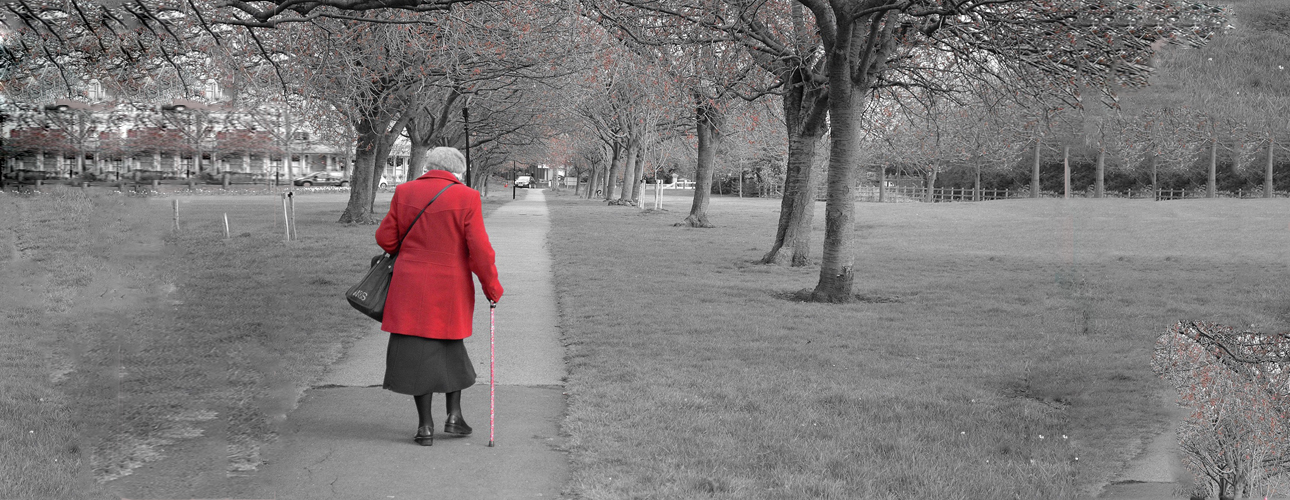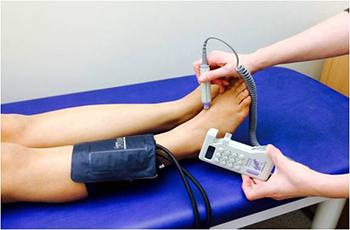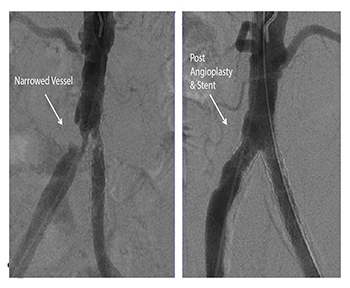What is it?
Claudication is pain and cramps caused by narrowing or blockage in the main artery in your leg (atherosclerosis) that results in too little blood flow.At first, you will get the pain only when you’re exercising, but as claudication worsens, the pain may affect you even when you’re at rest as the blockage which causes the claudication will not clear itself.
Claudication is most often a symptom of peripheral artery disease (PAD) which may limit your ability to participate in social life, interfere with work, and make exercise intolerable.
Fortunately, with treatment, you may be able to maintain an active lifestyle without pain.
Tests and Diagnosis
Peripheral Vascular Disease (PAD) is not the only possible cause of your claudication. A full examination and some tests are required to exclude other causes. These tests are often noninvasive and can get you back on your way to resuming an active life.
The most common tests to diagnose PAD include: the ankle/brachial index (ABPI) measuring blood pressure in the lower legs compared to the arms. Duplex examination (vascular ultrasound), which monitors blood flow in the area affected. CT scan may be required to help in choosing the treatment that is right for you. Finally, Angiogram may be necessary in selected cases.
Treatments
First line treatment is usually a Lifestyle change, such as quitting smoking and walking exercise program to improve exercise tolerance. This recruits new blood vessels called collaterals which deliver blood past blocked arteries. Certain medications may also be used to reduce symptoms and to improve functional capacity.
If your claudication symptoms don’t improve after adopting these lifestyle changes, other treatment options may be required such as angioplasty, stent, vascular surgery or a combination of treatments.
Angioplasty
This procedure is to stretching the narrowed vessel (or to re-opens the blocked vessel). In this procedure, a wire is inserted across the blockage and a balloon is used to re-open the vessel. Sometimes a mesh tube (stent) is also required to keep the vessel open.
Conventional Surgery
Open surgery can be performed to bypass a long blockage (Bypass surgery). In this procedure a healthy blood vessel from another part of your body will be used to replace the vessel that’s causing your claudication. This allows blood to flow around the blocked or narrowed artery.

Hybrid Procedure
In some cases a hybrid procedure will be the best treatment option. Hybrid procedures facilitate minimally invasive approaches to surgery. It will combines traditional surgery with an interventional (catheter-based) treatment.



